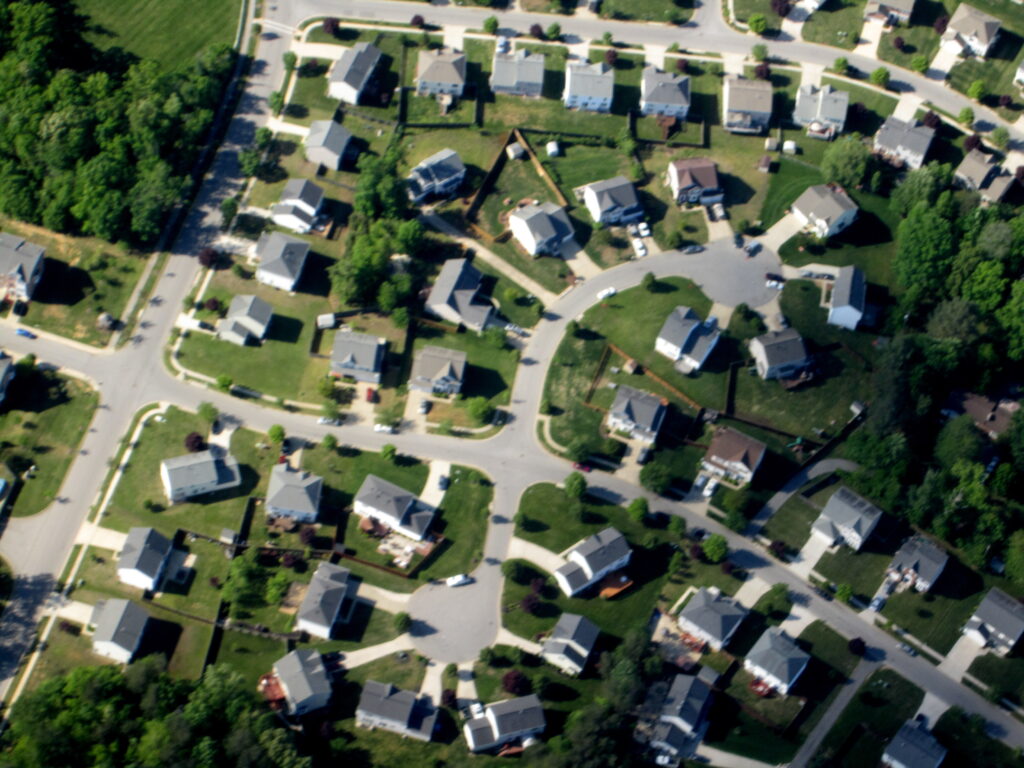Throughout U.S. history, housing policies have played a crucial role in shaping homeownership opportunities—or the lack thereof—for minority communities. From redlining to exclusionary zoning, discriminatory practices have systematically prevented Black, Latino, Indigenous, and other marginalized groups from building generational wealth through real estate. While many of these policies have been outlawed, their effects continue to impact homeownership rates today. Below are four major housing policies that have historically discriminated against minority homeowners.
1. Redlining – The Federal Government’s Segregation Tool

One of the most notorious housing policies, redlining, was implemented in the 1930s through the Home Owners’ Loan Corporation (HOLC) and the Federal Housing Administration (FHA). These government-backed agencies created color-coded maps to determine which neighborhoods were “safe” for investment, with predominantly Black and immigrant communities marked in red as high-risk areas. As a result, banks and mortgage lenders denied home loans to residents in these neighborhoods, forcing them into exploitative housing arrangements such as contract buying, where they paid for homes without gaining legal ownership until the final payment.
Even after the Fair Housing Act of 1968 outlawed redlining, its impact persists today. Historically redlined areas still suffer from lower property values, underfunded schools, and limited access to mortgage lending, while predominantly white neighborhoods that benefited from FHA-backed loans continue to thrive. This racial wealth gap in homeownership remains one of the most enduring consequences of redlining.
2. Racially Restrictive Covenants – Legal Segregation in Housing

From the early 1900s through the mid-20th century, racially restrictive covenants were legally enforced clauses in property deeds that barred non-white individuals from purchasing or occupying homes in certain neighborhoods. These covenants were commonly used in major cities like Chicago, Los Angeles, and Minneapolis, effectively preventing Black, Asian, Jewish, and Latino families from moving into white communities.
Even after the Supreme Court’s 1948 decision in Shelley v. Kraemer ruled that racially restrictive covenants could not be enforced by the courts, many communities found ways to maintain segregation through informal agreements, intimidation, and violence. Some homeowners’ associations even pressured white sellers to refuse offers from minority buyers. Though illegal today, the legacy of racially restrictive covenants remains evident in housing patterns, with many historically white neighborhoods maintaining disproportionately low numbers of minority homeowners.
3. Exclusionary Zoning – Keeping Affordable Housing Out of Wealthy Neighborhoods

Exclusionary zoning laws have been another powerful tool in maintaining racial and economic segregation. By restricting multi-family housing, requiring large lot sizes, and imposing costly building requirements, these laws effectively block lower-income and minority families from moving into wealthier suburbs. Many of these policies were put in place following the civil rights movement, as white communities sought to preserve their racial makeup without explicitly violating anti-discrimination laws.
For example, many suburban towns adopted single-family zoning laws, preventing the construction of affordable apartment complexes and duplexes. This practice disproportionately affected Black and Latino families, who were more likely to rent or seek affordable starter homes. Exclusionary zoning remains a major issue today, with cities like Minneapolis and Portland recently reforming their zoning laws to allow more diverse housing options and combat decades of discrimination.
4. Predatory Lending and Subprime Mortgages – The Modern Face of Housing Discrimination

While redlining and exclusionary zoning systematically denied homeownership to minorities, predatory lending and subprime mortgages took a different approach—by targeting them for financial exploitation. In the early 2000s, banks and mortgage lenders disproportionately pushed high-interest, adjustable-rate subprime loans onto Black and Latino homebuyers, even when they qualified for prime (lower-risk) loans. These predatory practices led to a wave of foreclosures during the 2008 housing crash, with Black and Latino communities suffering the most significant losses in home equity.
A 2010 study by the Center for Responsible Lending found that Black and Latino borrowers were twice as likely as white borrowers to be given subprime loans, regardless of their creditworthiness. This deliberate steering of minorities into high-risk loans wiped out decades of wealth-building efforts. Although some regulations, like the Dodd-Frank Act, have aimed to curb predatory lending, discriminatory lending practices continue, often through higher mortgage rejection rates or increased fees for minority borrowers.
